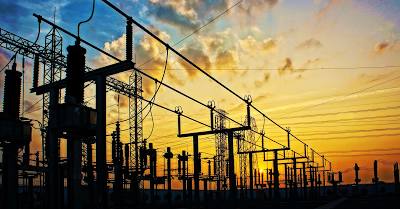The 188 MVA Shango power substation in Rwanda has been inaugurated by the African Development Bank , Embassy of Germany in Rwanda and the KfW Development Bank together with the Government of Rwanda. The Shango power substation is located in Kigali the capital.
Also read: Rwanda inaugurates US $24m Mount Kigali substation
NELSAP Regional Interconnection Project
Shango power substation comes under the NELSAP Regional Interconnection Project that involves Kenya, Uganda, Rwanda, DRC and Burundi. The Rwandan part is which is estimated to cost US124.05 million, will have 286 km of 220 kV lines, three substations and will also upgrade two substations.
The African Development Fund, part of the African Development Bank Group, contributed about 34% of the total project value. The Shango substation, which will be the biggest in the country, has been designed to play a pivotal role in the management of electricity dispatching services in Rwanda and a routing node for electricity trading between the East African neighbours. It is in accordance with the Bank’s High 5 priorities, Light Up and Power Africa and Integrate Africa. The energization of the Shango substation and related network will see to the facilitation of the country’s access to excess power of nearly 1,040 MW from the regional market, decreasing the reliance on expensive fossil-fuel generated power. This will eventually be beneficial to the people and industries in Rwanda through increased availability, reliability of clean power and possible reduction in electricity tariffs. Rwanda is pursuing the ambitious target of achieving affordable, reliable and universal access to electricity come 2024 in alignment with the National Strategy for Transformation. The Bank’s backing of the energy sector has more than doubled over the past three years to the current level of US$459 million, projecting support to seven public sector operations (having three regional projects) with one private-sector operation. Having an overall on-going portfolio of US$1.2bn, the organisation’s country strategy for Rwanda has two pillars: (i) investing in energy and water infrastructure to enhance the enabling of inclusive and green growth, and (ii) developing skills in promoting high value-added economic activities and economic transformation.

Leave a Reply